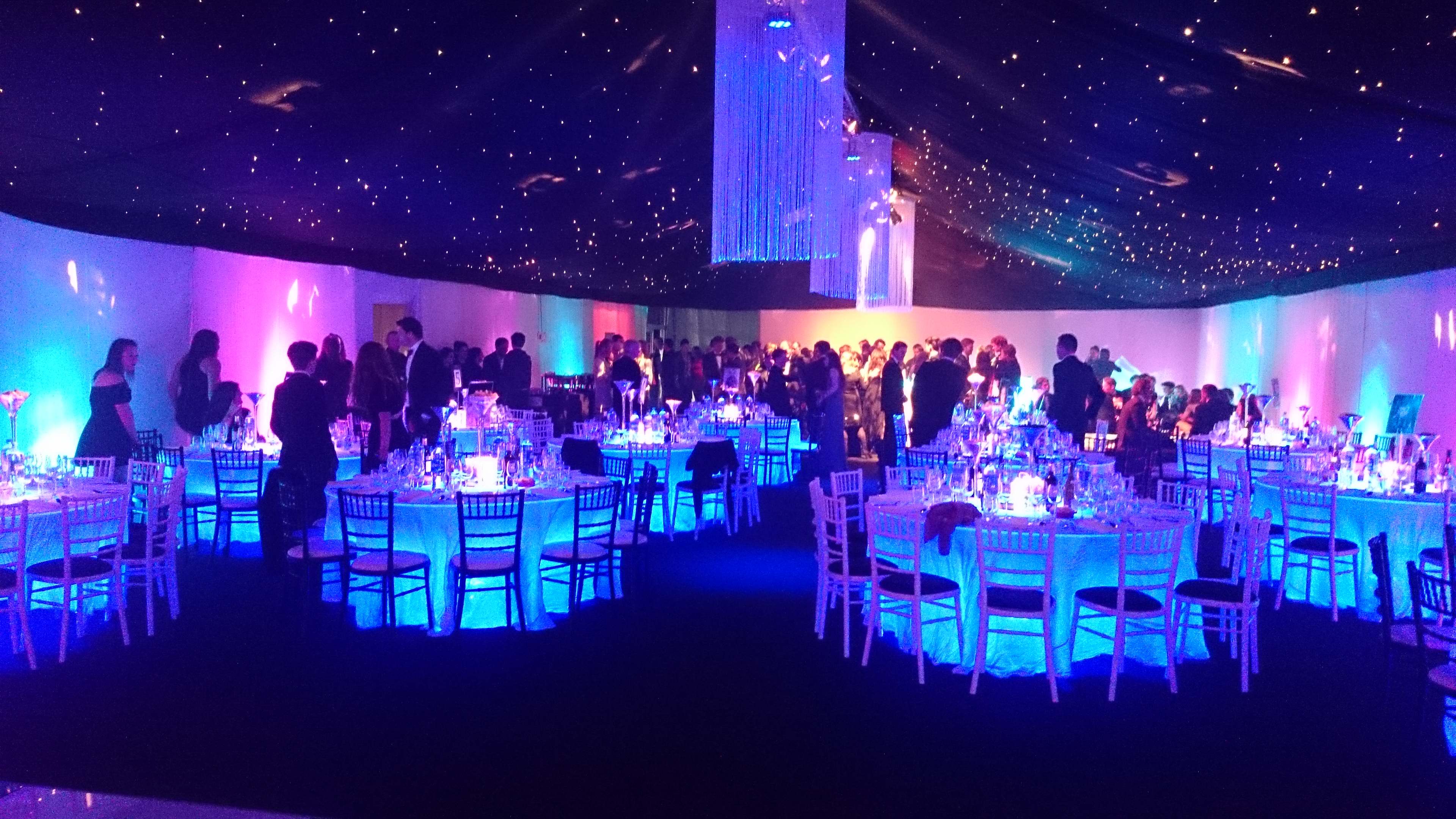
This means they will be durable for a lot longer. Fabric comfortĪnother factor to consider is comfort especially with fabrics such as denim for the reason being that heavier denim fabrics will be much denser and sturdier. It should also be taken into account that lightweight fabrics will be more appropriate for hotter temperatures. In addition, they usually have a better drape which in some cases means an interfacing will need to be applied to the back of the fabric to provide more structure, whereas heavier fabrics may not need backing. Choosing the weight of a particular fabric will depend on how often it is going to be worn or used and what its purpose will be, for example, lightweight denim is suitable for a shirt and a heavier denim for jeans. If the fabric of one cotton t-shirt has a higher GSM than the fabric of another cotton t-shirt, then it is likely to be more hard wearing. The weight of a fabric is particularly important when having to choose between two similar fabrics which are of different weights. Source: Denim via Pinterest Choosing the right fabric

For example, denim is heavyweight because of its twill weave and cotton fibre which is useful for hardwearing jeans, whereas chiffon is very lightweight as it is a loosely woven, plain weave making it ideal for floaty dresses. Different fabric weaves and yarns will be different weights which is essential for its end use. The weight of a material does not always determine its quality.

Fabrics with different fibres or weaves but with the same weight may not have the exact same thickness. The heavier the weight, generally the thicker the fabric will be, although bear in mind that the weight does not tell you how thick the fabric is. How fabric weight affects application Fabric thickness Heavy weight fabrics: upholstery fabric, canvas, brocade, poplin, denim and peau de soie.Medium weight fabrics: sateen, oxford, velvet, taffeta and charmeuse.Lightweight fabrics: chiffon, linen, organza, cheesecloth, lace, voile, mesh, habutai.

These fabrics generally fall into these categories: A lightweight fabric is typically between 30- 150 GSM, medium weight 150-350 GSM and heavyweight 350+ GSM, such as our clear window PVC (640 GSM), although this can vary depending on the type of fabric. Ounce per square yard (oz/sq2) is the imperial measurement which is also commonly used. GSM is a metric measurement meaning grams per square metre- it is how much 1 square metre of fabric weighs and the higher the GSM number the denser the fabric will be. Looking at the weight can help you to decide if it will be the most suitable fabric for its end use. Fabric weight is the outcome of how a fabric has been woven, its finish and sometimes the fibre type.


 0 kommentar(er)
0 kommentar(er)
